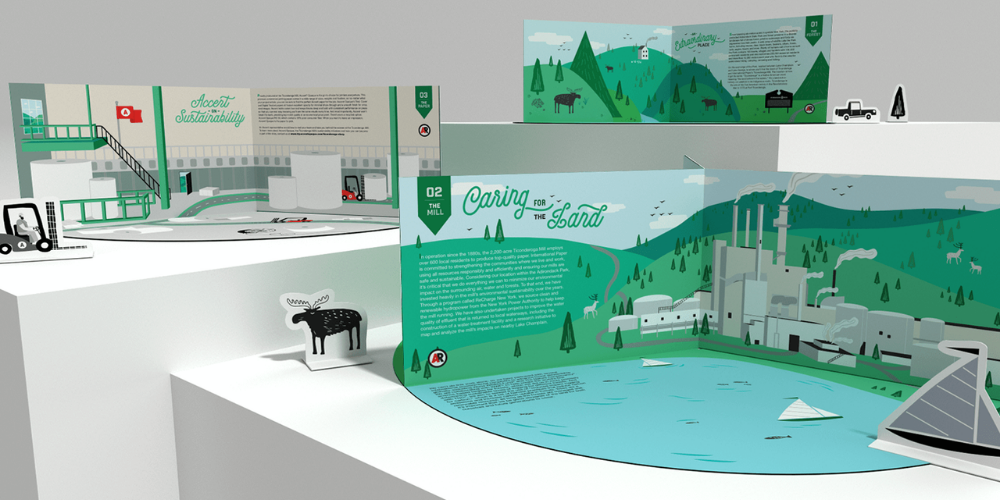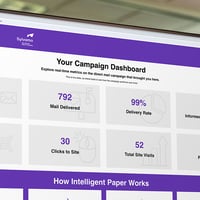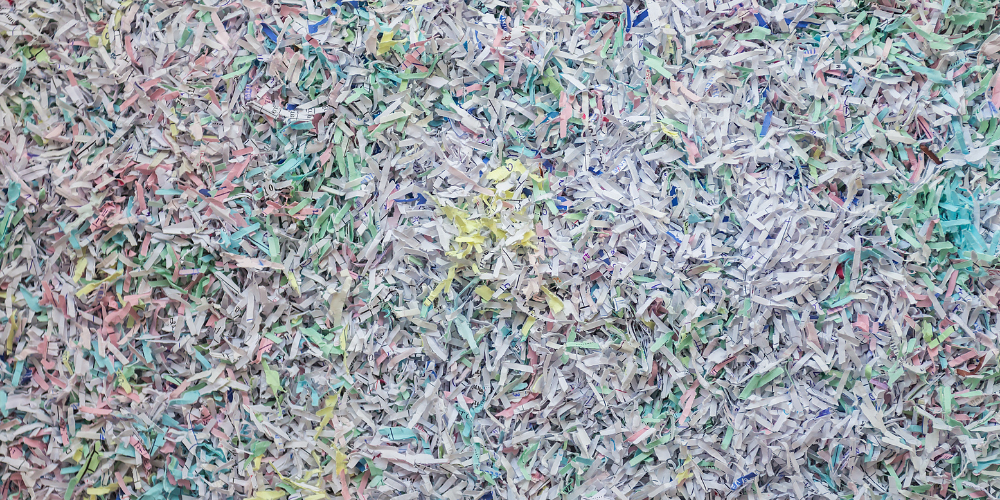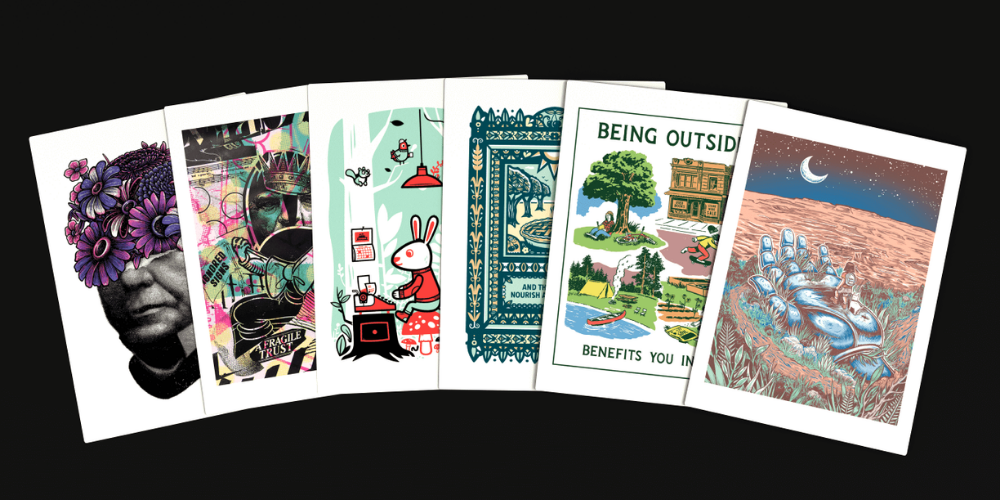Why Paper is More Sustainable Than You Think
From papercraft to menus, booklets, creative mailers and more, there are a wide variety of ways to use paper for creative and business endeavors. Because paper leaves a physical footprint, it’s often misconstrued as being wasteful. In spite of the myths surrounding it, paper remains one of the most environmentally friendly materials available. Here’s why paper is more sustainable than you think.
A renewable resourcePaper, as we know, is made of trees, but the process is a major part of what determines environmental renewability. Over time, more and more paper suppliers and manufacturers have made a commitment to practicing sustainable forest management and harvesting practices.
For example, members of the American Forest and Paper Association source 99% of their fiber from certified sustainable suppliers that make an effort to replant trees and reduce wildfire risks. Of the 33% of total land area in the United States occupied by forests, only 2% represent areas that are harvested for wood, paper and other products.
In North America, more trees are grown than are harvested every year — and the U.S. alone sees an average net annual increase in growing-stock trees on timberland of about 25 billion cubic feet. Between 1990 and 2020, net forest area in the U.S. increased by 18 million acres and there are now 20% more trees since 1970.
Paper is recyclable
The sustainability of paper doesn’t stop at sustainable forestation. Paper can be recycled, relieving the strain on both woodlands and landfills. According to the American Forest and Paper association, roughly 80% of paper mills in the United States use at least some recycled materials to make paper.
Between reforestation and recycling, the paper and wood industry supply chain is circular. Paper manufacturers are experts at doing more with less, making efforts to maximize their resources by reusing fiber, water and pulping chemicals — in fact, recycled fiber can be reused at least seven times. Our Accent Opaque RE-30 is a great example of this, as it uses 30% recycled paper.
Digital formats leave an unexpected footprint
Just as prevalent as the myth that paper isn’t sustainable is the misconception that digital formats don’t leave an ecological footprint. In spite of the fact that digital activity and output may not be physical or tangible, it makes a surprising impact on the environment.
The electronics needed to create digital media and to market and communicate on the internet consume a modest amount of energy, but it adds up cumulatively. As of the end of 2019, about 4.1 billion people — 51% of the global population — use the internet. And each person who uses the internet releases approximately 912 pounds of carbon dioxide every year. Data centers, which are used to store and manage critical IT resources, churn electricity.
Storing and sharing data is estimated to create 1.6 billions of tons of GHG emissions annually. And the internet puts a strain on resources — by 2030, the internet could contribute to up to 25% of total greenhouse gas emissions.
Designing, marketing and distributing on paper leaves a physical footprint, but one that can help offset by sustainable practices. Between the dedication to replanting trees that have been harvested for paper, cardboard and other products, to recycling pre-used fiber, paper is surprisingly renewable.
Looking for ways to use recycled paper? Take a look at our Accent Portfolio Exchange for some amazing ideas.







